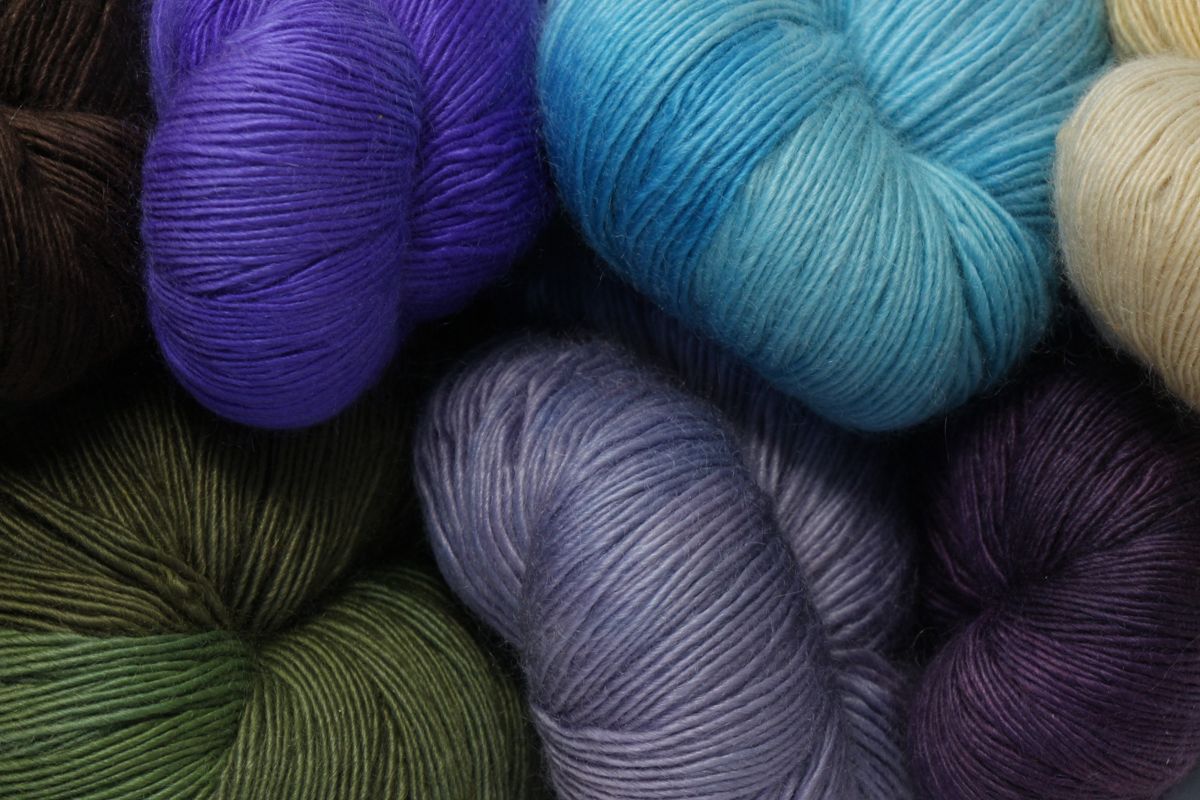Exploring the History of cashmere and Its Role in Contemporary Fashion
Exploring the History of cashmere and Its Role in Contemporary Fashion
Blog Article
The Importance of Cashmere a Natural Fiber: An Overview to Sustainable Fashion Selections
The fashion business, infamous for its significant environmental impact, is progressively moving in the direction of more lasting materials and methods. Amongst these, cashmere, a natural fiber sourced from Kashmir goats, stands apart for its green manufacturing procedure, toughness, and ageless appeal. As consumers, the decision to choose cashmere garments can cause a considerable decrease in style's ecological effect while including unmatched convenience and design to one's closet. However, understanding the complexities of cashmere and its sustainable production process is important to appreciate its relevance completely.

Understanding Cashmere: a Closer Check Out Its Beginnings
Respected for its luxurious soft qualities and heat, cashmere stands for the epitome of polished convenience worldwide of textiles. It stems from the coarse, cosy undercoat of the Kashmir goat, mainly found in rough environments of Mongolia, China, and India. Strikingly, each goat returns simple 150 grams of the precious fiber each year, after a tough process of arranging and combing. This describes the high value cashmere commands on the market. Its shortage, coupled with the intensive labor needed for its production, adds to its exclusivity. The natural insulation residential or commercial properties of cashmere additionally make it a preferred for winter style. Despite its delicate look, cashmere is remarkably sturdy, providing the excellent blend of deluxe and longevity.
The Sustainable Production Refine of Cashmere
While the luxury and appeal of cashmere are undeniable, the methods of its manufacturing additionally hold significant relevance. The sustainable production of cashmere involves a environment-friendly and meticulous process - cashmere. Choosing cashmere is not just a fashion statement, but likewise a mindful option for lasting living.
Cashmere and Longevity: A Durable Style Investment
In enhancement to its sustainable manufacturing procedure, cashmere's withstanding sturdiness makes it a worthwhile fashion financial investment. While initial expenses may be higher, the durability of cashmere pieces makes them economical in the lengthy run. Spending in cashmere is not only a lasting option yet also a dedication to long lasting, long-lasting style.
The Eco-Friendly Advantages of Finding Cashmere
Cashmere, an all-natural fiber, is renewable and eco-friendly, making it an eco friendly choice in fashion. Notably, cashmere requires much less water for its production contrasted to cotton, thus preserving one of our world's most precious sources. In conclusion, picking cashmere not only offers lavish convenience and warmth however also adds to a more sustainable style industry.
Unveiling the Ageless Appeal of Cashmere in vogue

Making Liable Wardrobe Options: Going With Cashmere
Choosing for cashmere, a sustainable and all-natural fiber, can dramatically reduce one's environmental footprint. Cashmere garments, recognized for their resilience and timeless charm, commonly outlive their synthetic counterparts, reducing waste and offering much better value for cash. Cashmere farming contributes to maintaining natural environments and biodiversity.
Final Thought
In verdict, cashmere is a substantial element in the activity towards lasting style. By picking cashmere, consumers are not just investing in design and comfort, yet likewise supporting accountable techniques within the style industry, adding to a more sustainable future.
Picking cashmere is not just a fashion declaration, yet also an aware choice for sustainable living. (cashmere)

Cashmere, a natural fiber, is biodegradable and eco-friendly, making it an environmentally pleasant choice in style. Cashmere, a natural fiber acquired from the great undercoat of Himalayan goats, uses exceptional soft qualities and warmth, making it a desirable material in the fashion sector.
Report this page